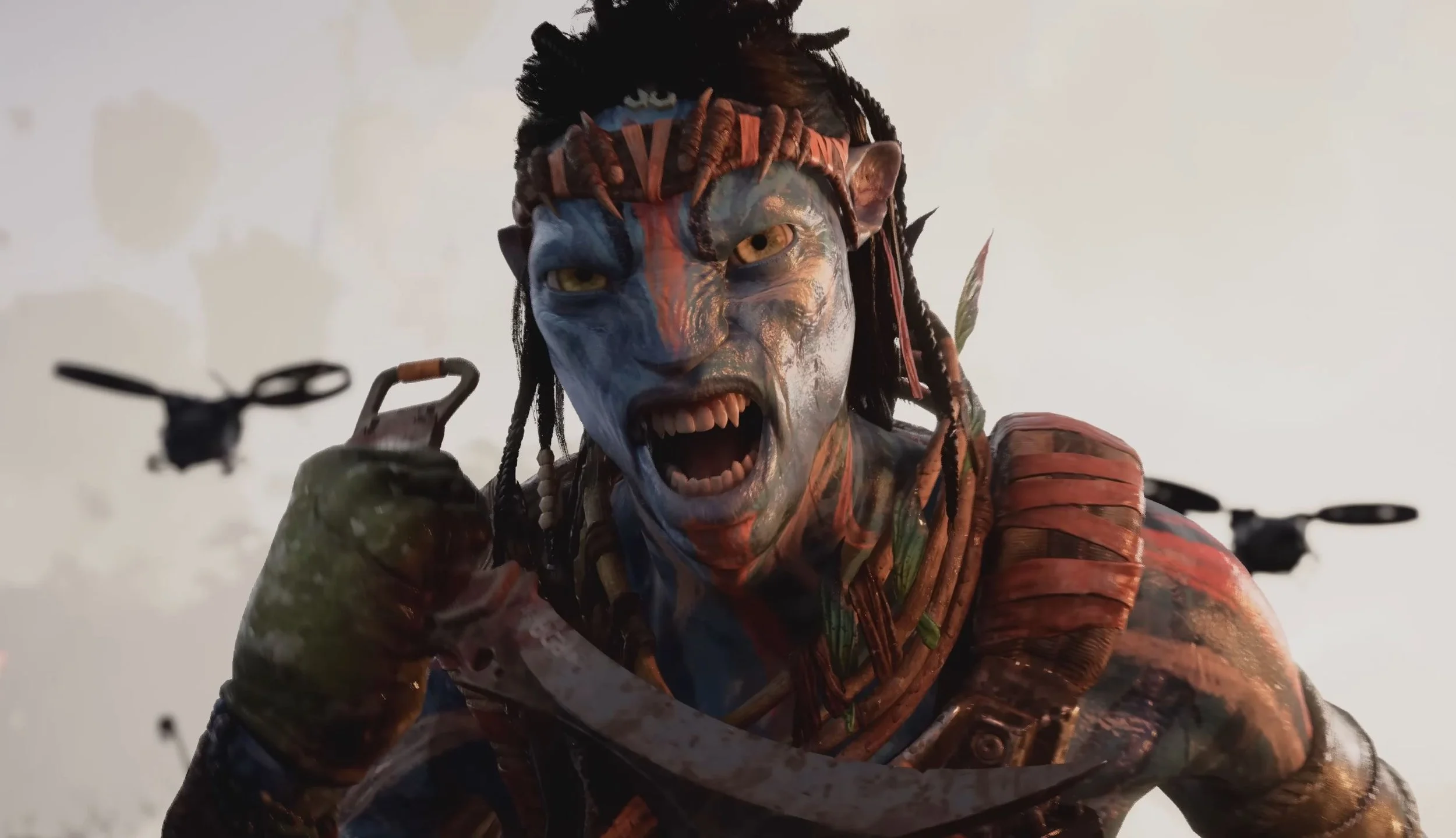Time travel has often been part of numerous RPG themed games today and in the past. However, while the concept of time travel can often feel gimmicky in some titles, Radiant Historia Perfect Chronology was able to weave time manipulation to a story-driven RPG so well, that it makes for an engaging gameplay and crushes any prejudices a player may have.
Perfect Chronology is a remake of Radiant Historia that was originally released back in 2010 for the Nintendo DS. Looking at the game by its visuals alone, there are no obvious changes besides the fact that Perfect Chronology is able to take advantage of the 3DS’ higher resolution. The character portraits of the original were also swapped out for a newer anime-styled rendition, which was unnecessary to be honest, because I always found the original portraits more charming and fitting to the RPG genre. However, Perfect Chronology was able to strike a balance between story and combat that will let players be engulfed with its well-written narrative, and at the same time, enjoy a mind-stimulating combat system, where strategy is key to winning.
Story
Radiant Historia Perfect Chronology may seem like your average RPG game, whose sole objective is to save the world from ultimate destruction. Although the plot of the game is exactly just that, Perfect Chronology was able to implement unique mechanics in the game that makes it stand out among other titles in the genre.
The game takes place in the land of Vainqueur, which is slowly being ravaged by an unexplainable phenomenon known as the “desertification.” The land, including its inhabitants, is slowly being consumed by sand, which leads to the diminishing of resources and livable space for the people. Two kingdoms, Alistel and Granorg are caught in the middle of the desertification of the continent, that leads to a long-standing war between the two nations.
The player takes the role of Stocke, an agent from Alistel who was assigned to escort a spy, that possesses vital information on Granorg, back to Alistel. As the mission turns horribly for Stocke and two of his companions, he finds himself transported into another realm and learned about the true power of the White Chronicle, a book given to him by his commander. In this realm, Stocke discovers that the White Chronicle grants him the ability to go back in time and experience a completely different reality, letting him alter key moments in history.
Gameplay
The ability to go back in time and experience two alternate realities is the main selling point of Perfect Chronology. Oftentimes, the player is presented with two different paths that can sometimes lead to bad scenarios where the player must use the White Chronicle to go back to certain points in time, referred to as nodes, and alter the course of history. This feature makes the story even more exciting as it lets you experience both paths to help you make the correct decision. While both realities remain similar in the game, the White Chronicle allows players to see how history can be changed based on the choices the players make, the friends and enemies they encounter, and the perspective of the game’s secondary characters.
Another feature I loved about Perfect Chronology is how the story is well-written. Wanting to know how history would go if you take a certain path, or make a different decision, is a good enough motivation, to weed through all possible scenarios, which pays off once you get the best outcome possible. Certain elements in one timeline can also have a direct effect on characters or moments on the other. This leaves you scrambling to find the exact moment you need to be in order to get the result that will let you move on to the next point in the game.
The combat system in Perfect Chronology feels like both a standard RPG turn-based combat and a fresh take on how the players encounter enemies. The combat sequences in the game put the players and the enemies in a classic turn-based format. You and your companions will be facing off against enemies in a three-by-three grid that gives players the chance to strategize attacks. The combat system allows players to manipulate both the enemy’s position in the field and the player’s turn order when attacking foes. So by using different abilities, the player can force an enemy further back on the playing field or to the sides, and when an enemy occupies the same tile, the player can then attack and strike damage on both enemies occupying the same area. These elements in the game’s combat system give players a chess-like gameplay, that favors strategy and planning to win.
The changes made from the original DS version, besides the different character portraits, new voiceovers, and an updated soundtrack, are mostly seen in the game’s mechanics. These changes take form with the new modes introduced in Perfect Chronology. Vault of Time, a new dungeon mode provides the player the opportunity to fight even more powerful monsters. This mode won’t allow players to use items, which leads to preserving one’s MP as the main priority to survive. The extra dungeon is also divided into several areas, which will be accessible as the player progresses in the main story mode. Defeating an enemy inside the Vault of Time will allow players to obtain “Moments,” which serves as a special currency that can be exchanged for special items. These items will not be available in shops in the main story mode, and can only be accessible in the Vault of Time.
Another addition to the remake of Radiant Historia is the introduction of a third stream in time, which is called the Sub-History. In the main storyline, the two existing streams of time are tied together, which is why events in Sub-History will not affect the original story or its outcomes. What it does is to answer the player’s what if scenarios as Stocke will be able to interact with familiar characters from the original story, but some of them will behave out of character. It gives the player a completely different perspective on the people of Vainqueur, without distorting the canon story of the game.
Verdict
Radiant Historia Perfect Chronology is an example of how a standard RPG game can be unique in its own way. Its ability to balance combat and story is a good motivation for players to see the plot through its end, and in this case, to go back in time, and sift through all the possible scenarios. The game is definitely not the most visually appealing, as it still retains its DS origins, which is the only disappointment for me. However, after spending almost 30 hours playing the game, I realized that the unique mechanics in Perfect Chronology outweighs any shortcomings in terms of graphics.
Ever since the release of the Nintendo Switch, I haven’t really touched my 3DS for some time now. However, the game provided the perfect opportunity for me to fire up my 3DS and get engulfed in a fantasy RPG game that has a good mix of storytelling, combat, and an extraordinary gaming experience. As the 3DS is approaching its end of life cycle, Radiant Historia Perfect Chronology is definitely a hidden gem that I highly recommend to all fans of RPG games.























